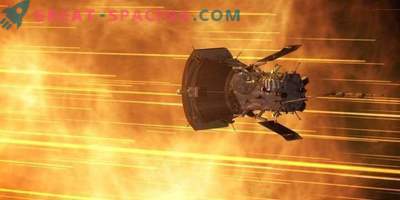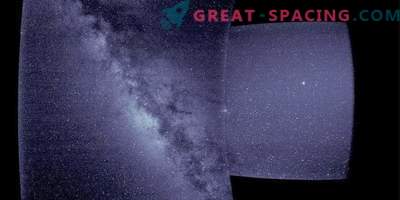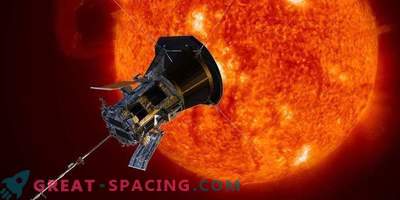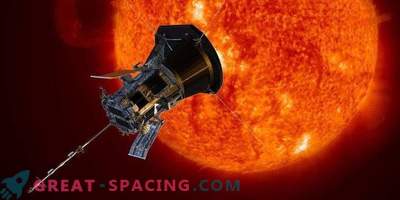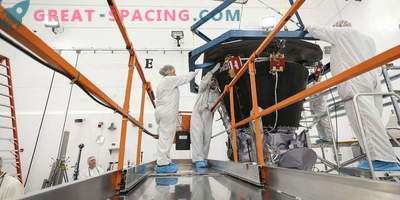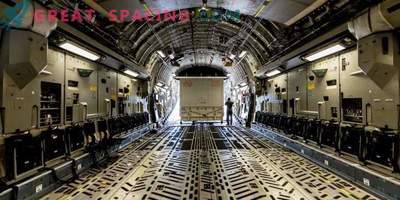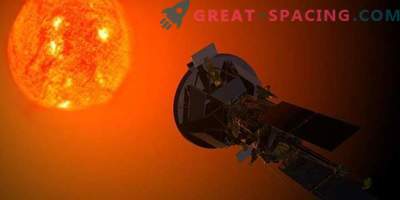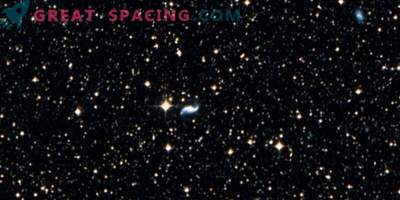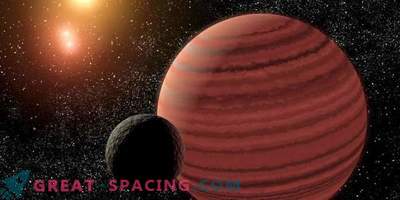
Artistic vision of the Voyager 2 probe passing through the solar system
Voyager-2 spacecraft continues to move through the solar system, stubbornly approaching the very edge. NASA shared the latest data on the probe, revealing its location.
Voyager 2 was launched in 1977. He flew past the gas giants, having managed only to obtain information about Uranus and Neptune. Then his mission officially ended, and he headed towards the edge of the solar system. New data comes from the Low Energy Telescope, which tracks low-energy particles characteristic of our system. Scientists believe that information about particles will cease to arrive when the probe completes the exit.

The graph shows how many particles of the heliosphere enter the Voyager-2 spacecraft. It will stop when the probe goes beyond the solar system. At the beginning of November 2018, the team noticed a sharp decrease in the number of incoming particles (a mark of 0 would hint at the exit from the system). That is, the ship still has a certain amount of travel until the researchers declare it free from solar influence. Gradually, the spacecraft is freed from the protection of the solar bubble (heliopause), which is formed by the solar wind - a constant stream of charged particles.
The force of the Sun is shrinking and growing; therefore, the exact location and size of the bubble remain unknown, so the date of Voyager-2’s exit from the Solar System cannot be called. While the probe sneaks to the edge of the solar wind stream, a newer NASA spacecraft has begun to explore the place where this stellar wind is just picking up speed. It is about the outer atmosphere of the Sun corona. Probe Parker was launched in August and made the first of 24 planned scientific approaches in early November.


